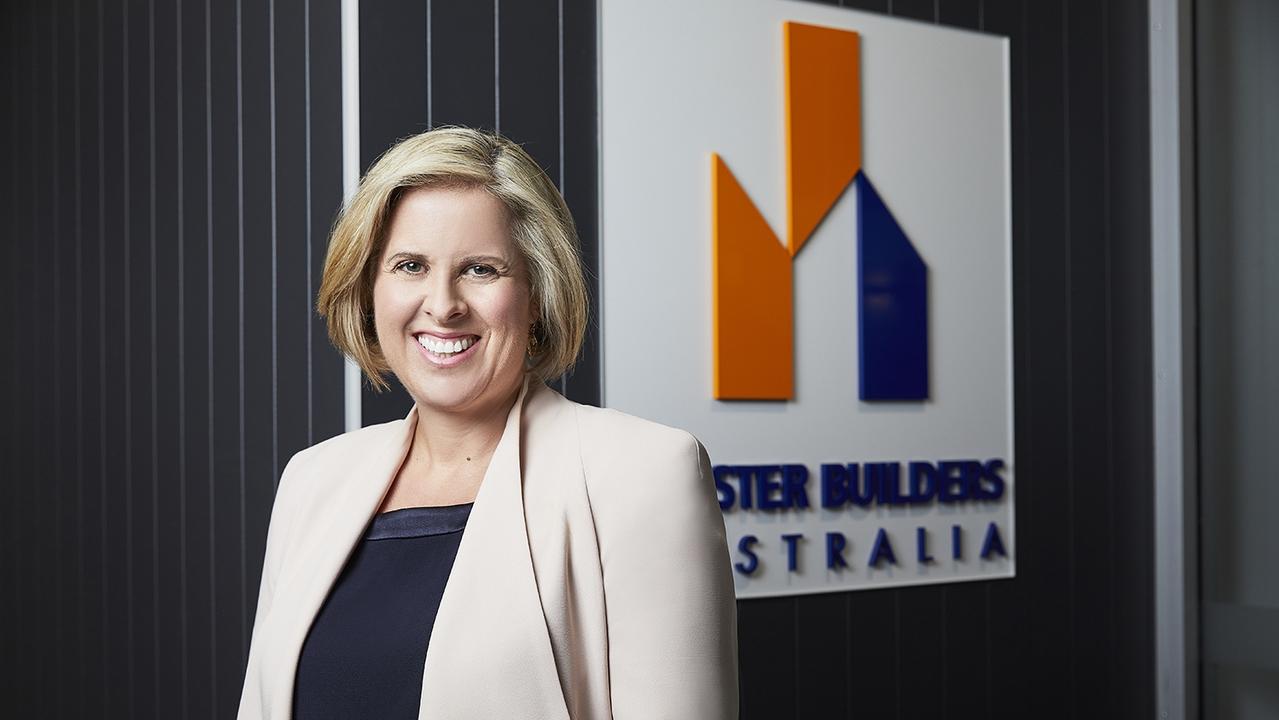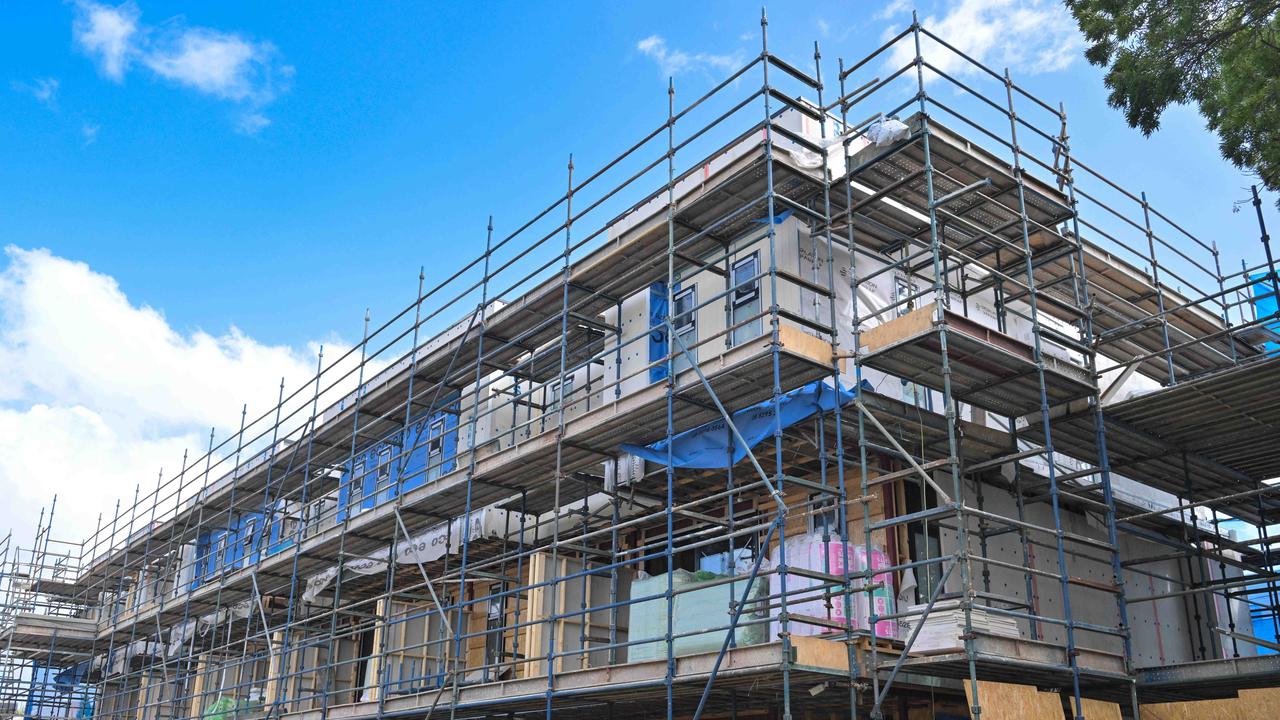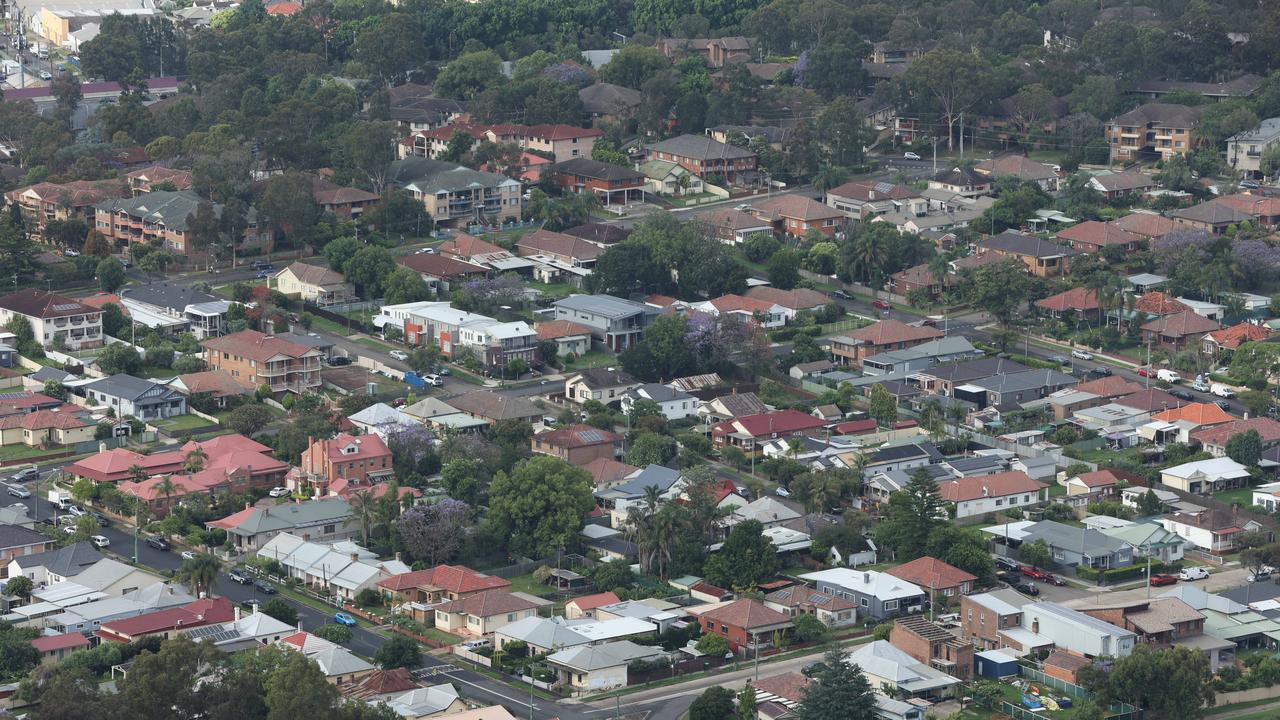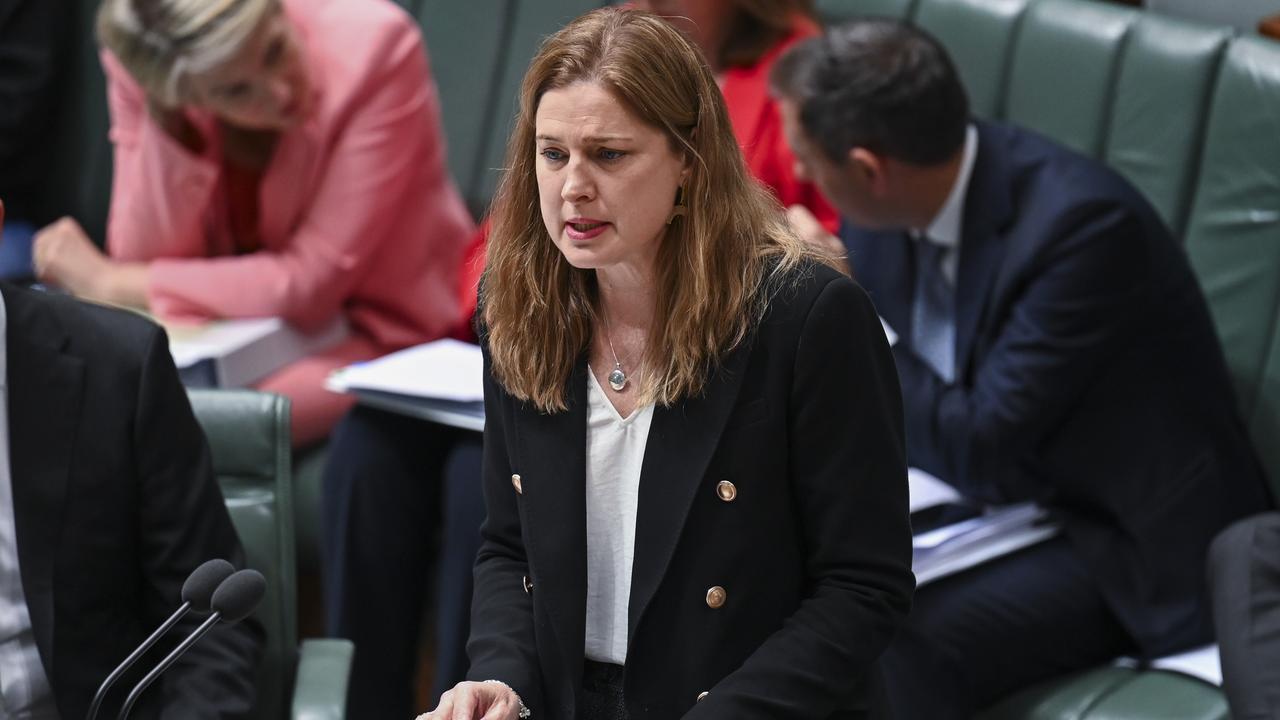Builders issue warning on Housing Accord’s 1.2 million homes pledge
The building industry has warned a government pledge to build 1.2 million homes will be unachievable if construction activity continues at current rates.

Builders have warned a government target to build 1.2 million well-located homes over five years from July 2024 will not be possible if construction activity continues at current rates.
The new forecasts, released by Master Builders Australia, finds that National Cabinet’s Housing Accord target for new home construction will not be satisfied as the industry continues to suffer from ongoing supply chain blockages and labour shortages.
Compounding this challenge, are fears over the government’s proposed workplace laws changes that will put the National Cabinet’s target in further jeopardy, Master Builders claims.
The proposed industrial relations reforms include a crackdown on labour hire, introducing minimum pay and conditions for gig economy workers, and an enhanced pathway to permanency for casual workers.
“We need to be attracting more people to the industry and making it easier to do business, not tie a rope around them,” Master Builders chief executive Denita Wawn said.

In 2022, National Cabinet agreed to the target of 1 million well-located homes, but as Australia battles an ever-worsening housing shortage, the target was increased by a further 200,000 in August.
To meet the 1.2 million target, an average of 240,000 new dwellings will need to be constructed every year from 2024 to 2029.
But the fresh forecasts from Master Builders revealed an average of just 209,000 new home starts per year are expected.
In the 2024-25 financial year, new dwelling starts are projected to reach just 183,000. New starts will increase to 241,000 in 2026-27 before falling again the year after.
The projections also revealed a blowout in local government planning and approvals processes, which was further compromising the achievement of the 1.2 million home target.

The analysis showed the average time from approval to completion for a new home in 2021-22 took 10.2 months, up from 8.7 months in 2020-21.
New townhouses took 13.5 months from approval to completion.
New apartments, which will be integral to reaching the Housing Accord target, are taking almost 30 months from approval to completion.
On top of extended construction times, lags in granting building permits at a local government level are dragging out the time to finish new dwellings even further.
Ms Wawn said National Cabinet’s revised target represented a “monumental challenge” for the sector if the government didn’t act to address building delays and productivity challenges.
“In good news, the projected volume of new starts over the five-year period up to 2027-28 exceeds the one million home target … but only just,” Ms Wawn added.

“We’re forecasting states like Queensland, Victoria and Western Australia will exceed their probable targets to reach the million while states like South Australia and New South Wales will have their work cut out for them, depending on how their targets are ultimately specified.
“There is still a lot of work that needs to be done to achieve the revised target of 1.2 million across the board.”
A mammoth public infrastructure spend by federal, state and territory governments is expected to divert resources, including materials and labour, away from housing construction.
But home renovations, which are expected to shrink sharply following record pandemic spend, will conversely support increased residential building activity.
Despite industry’s concerns, the federal government remains confident that it can fulfil the Housing Accord target.
“This new target is ambitious, but it’s achievable,” Minister for Housing Julie Collins said.

“The states and territories will be supported and incentivised by the $3 billion New Home Bonus and $500 million Housing Support Program, which will help to kickstart housing supply in well-located areas.”
The MBA’s warning comes as the federal government and the Greens party brokered a deal to pass the $10bn Housing Australia Future Fund legislation after the government offered an additional $1bn sweetener for the fund this year.
Speaking to reporters in Canberra, Greens leader Adam Bandt said months of negotiations had extracted immediate and direct funding for public and community housing.
“Labor’s HAFF still won’t fix the housing crisis, but the Greens have secured $3 billion dollars for housing right now – not relying on a gamble on the stock market – and we’ve got to a position where it can pass the Senate,” Mr Bandt said.





